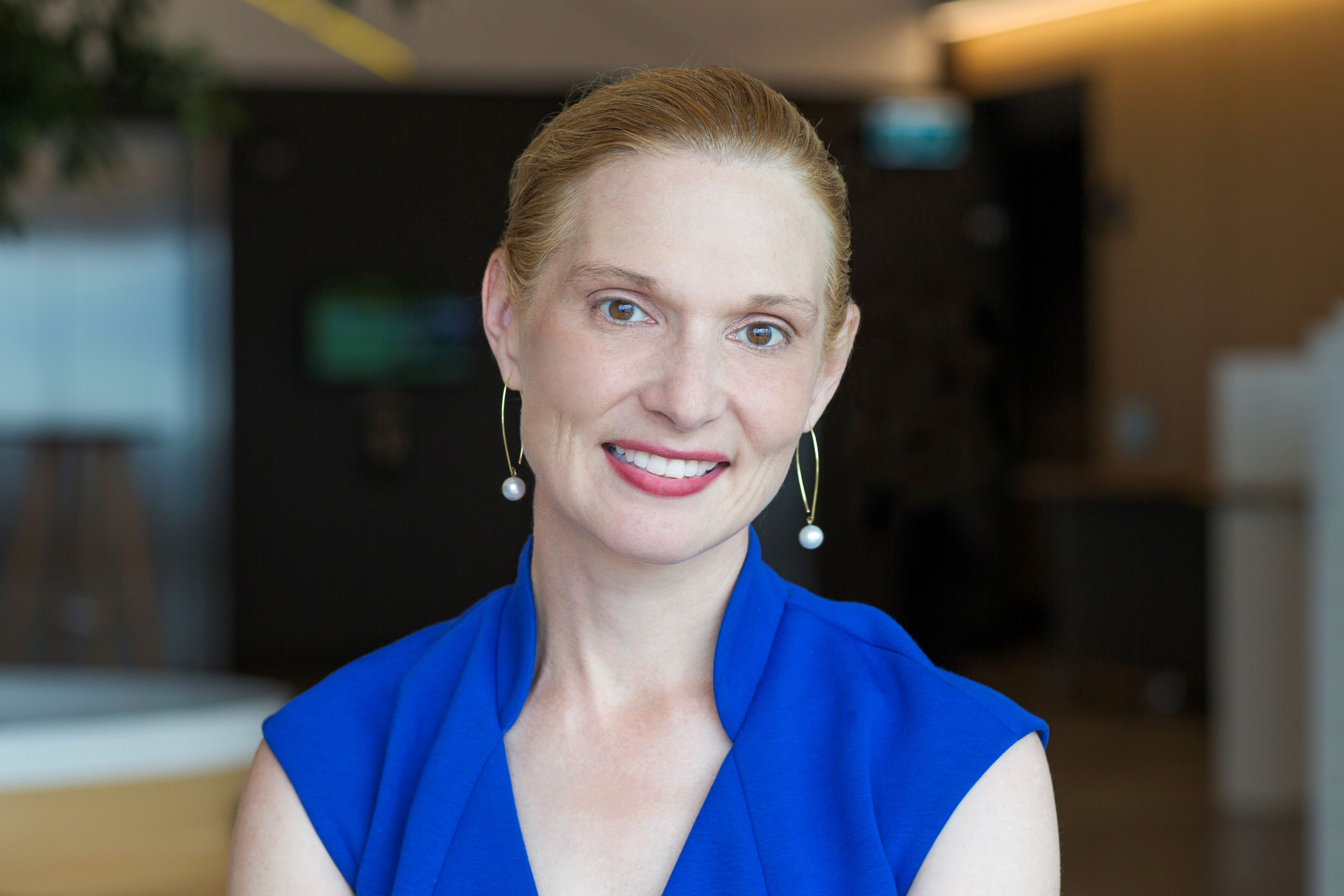 |
EY Global Education Leader |
In "Are universities of the past still the future?" Ernst & Young (34 pages, 19 Jan 2022 ), argue that the sift to online learning during the COVID-19 pandemic is just the start of change in post-school learning. EY suggest this threatens institutions unable to change. However, I suggest the move online happened years before COVID-19. Students were mostly studying online, the pandemic forced institutions to formalize this change. While presenting some challenges well, EY have the wrong solutions. Instead of EY's old fashioned big corporation thinking, I suggest taking an agile entrepreneurial approach instead.
One intriguing idea the EY authors present is that we have reached "peak education", in developed countries. The idea being than like “peak oil” we have reached the point where all those who need a university degree are getting it, and there will not be an increasing supply of international students to fund expansion. While intriguing, this is nonsense. There is still demand for education, perhaps in a different form, domestic, and international. Already Australian international student numbers have bounced back. Initiatives such as the Australian and Indian governments faciliting mutual qualifications recognition will open new markets for Australian education.
It is generous of EY to present some options for future universities. But it is not as if academics themselves have been backward about inventing new educational options. Ten years ago I decided to give up giving lectures, and move my teaching online. Around the same time I decided examinations were not a good form of assessment. Rather than throwing me out, my colleagues shrugged and accepted this, provided I could meet the required quality standards. After seven years training, mostly online at Australian and North American universities, I had a reasonable idea of how to teach in a flipped blended mode. Then COVID-19 struck, and this became an essential way to do education. Even the most recalcitrant professor did not refuse, they covered their chalkboards and started using Zoom.
EY ask five questions:
- "What if ... the cost of learning is driven down to zero?
- What if ... learning journeys are entirely flexible and customizable?
- What if ... higher education providers are accountable for results?
- What if ... commercialized research pays for itself?
- What if ... technology could solve the global supply-demand mismatch?"
I was studying online way in 2013. Enrolled at ANU in Canberra, I was able to supplement local courses with those offered online from USQ in Queensland. Then I enrolled at Canberra Institute of Technology (very close to home, but all classes were online). To further my studies I enrolled at Athabasca University in Canada, as an international online student and completed an entire degree by distance education.
- 'Be clear about your long-term purpose
- Think “future-back” to set your reinvention agenda
- Build new value with new capabilities
- Invest across the three time horizons'
ion laws can be changed and staff trained.
Stephen Downes in his OLDaily publication (Mar 28, 2022), commented on my comments on EY's report "And while the points E&Y makes are not especially new, neither is Worthington's response: "The fact remains that some technologies (the automobile, nuclear weapons, the internet) do change everything." That is the case, but I was referring to communications technologies which have been used for distance education before the Internet. https://www.downes.ca/archive/22/03_28_news_OLDaily.htm
ReplyDeleteAlso described as "odd" my suggesting that "small academic teams can, and do, take bolder, quicker moves.". What I had in mind here was that academic freedom, particularly in a traditional university, allows academics considerable latitude in what they do. As an example in 2009, I started running an entirely online course at ANU. This was not part of some sort of major institutional initiative, I just decided to do it. I did have to send some more detail to the relevant committee, not due to it being an online course, but because it also had no exams. http://www.tomw.net.au/technology/it/green_computing_professional/